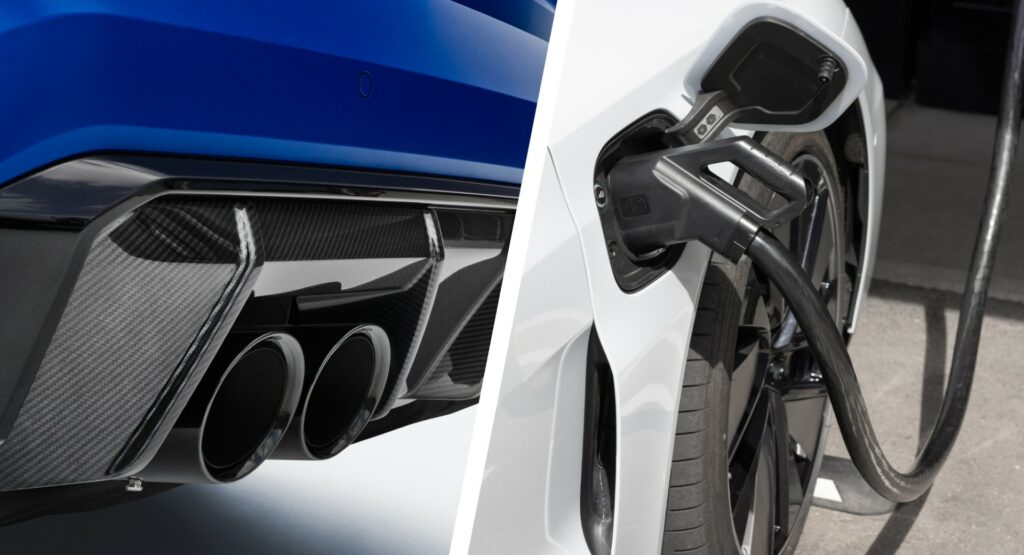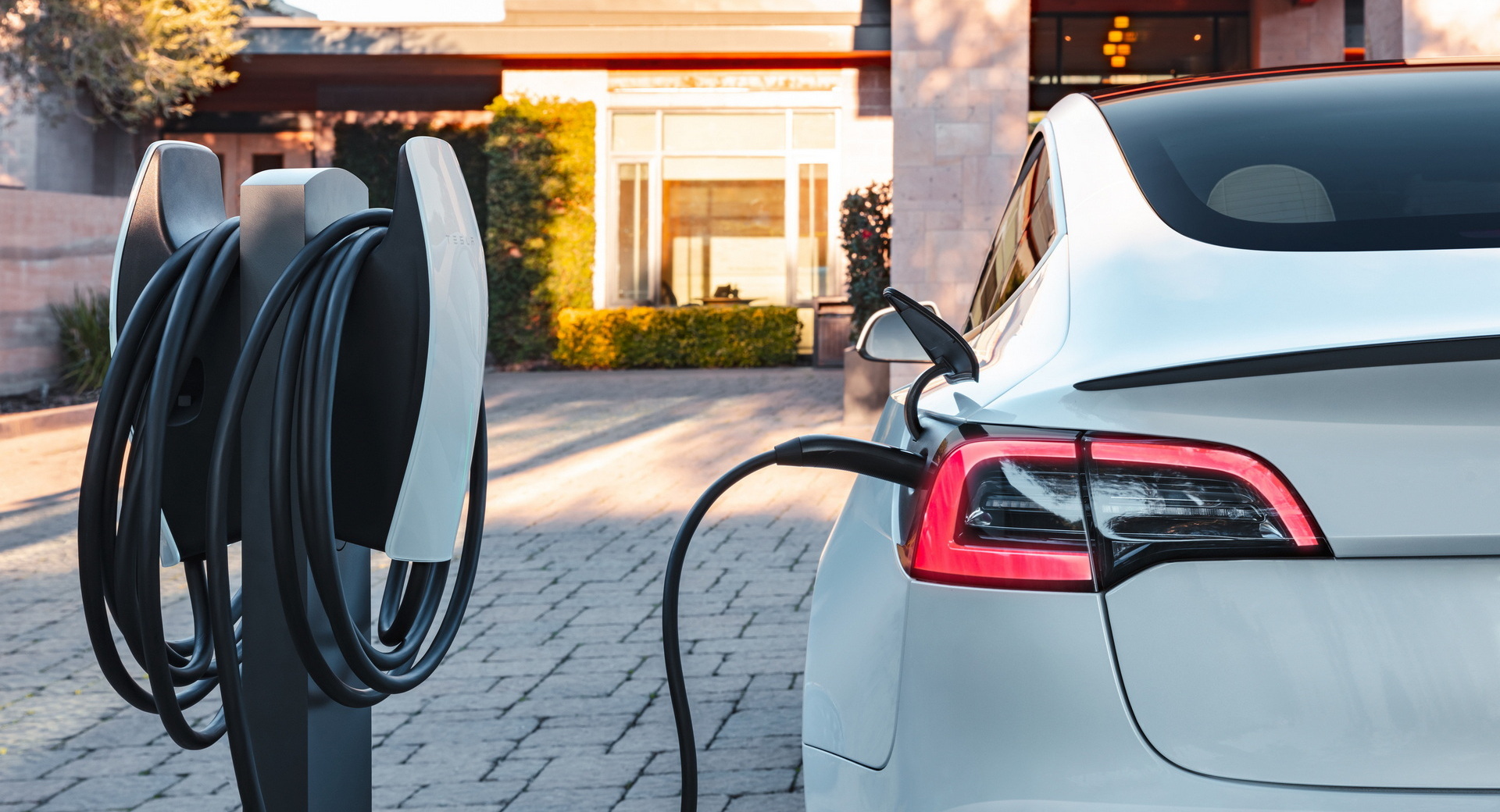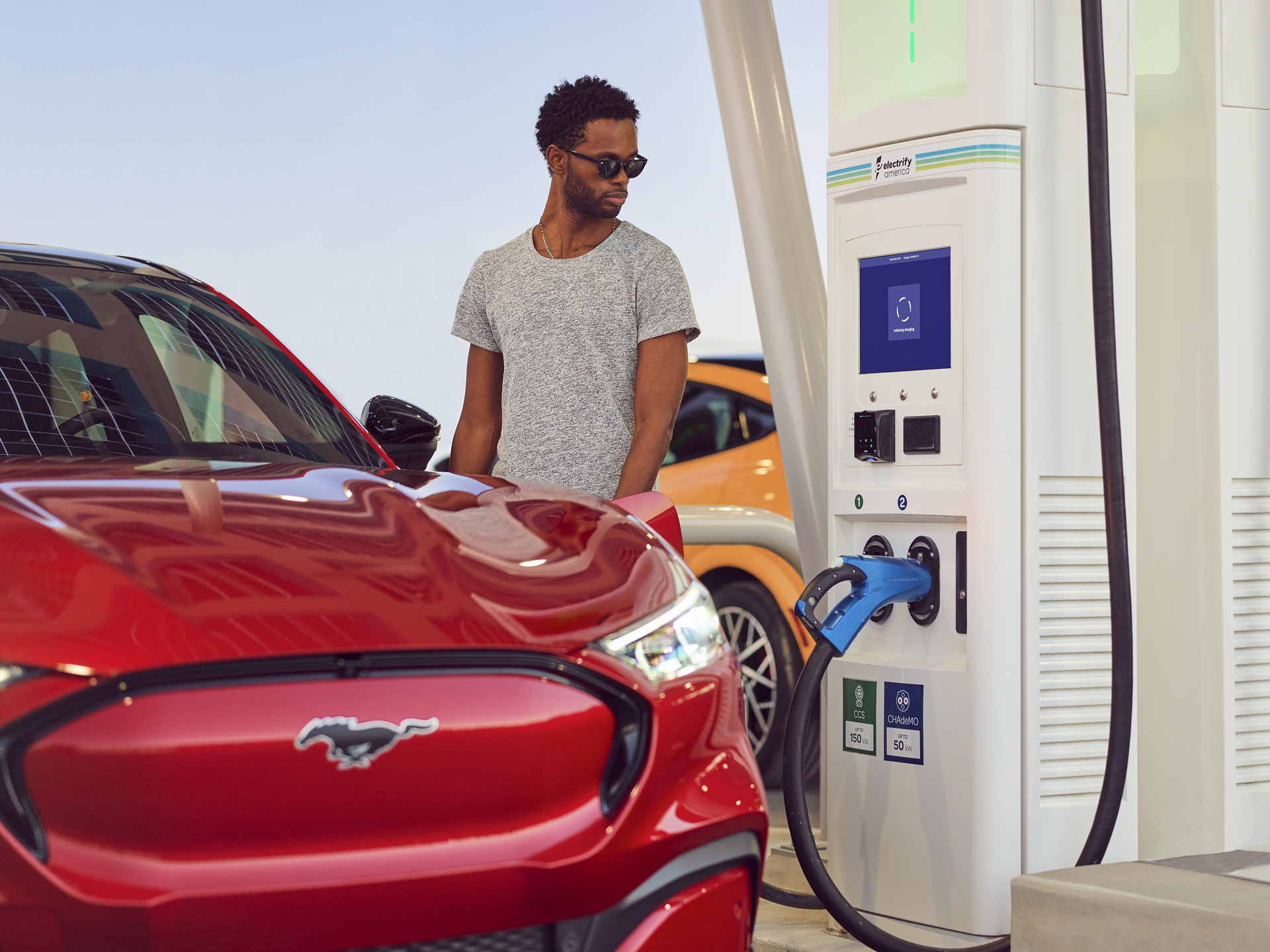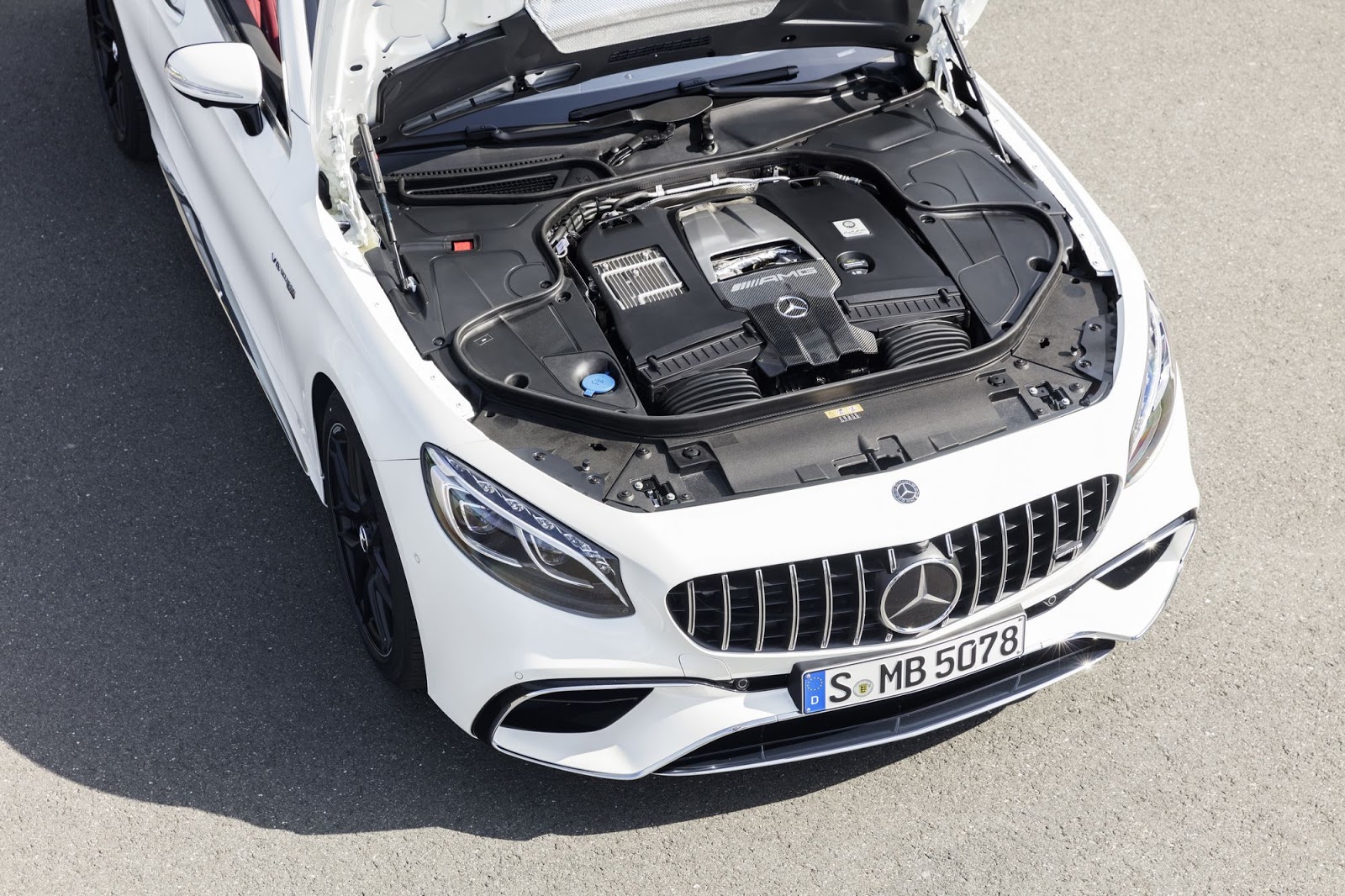The three key institutions of the European Union – the executive arm, the parliament, and all member states – have agreed on a plan to effectively ban the sale of new internal combustion engine-powered vehicles from 2035 onward, allowing only zero-emission cars for sale, as part of the “Fit for 55” strategy in a quest to battle the effects of climate change.
The plan was first announced in July 2021 and got approved by the member states in June 2022 following rounds of negotiations. As of today, it has been formally agreed on by the European Union. Thus, automakers will be forced to drop all petrol, diesel, hybrid, and plug-in hybrid models from their European lineups by 2035. Low-volume manufacturers like Ferrari and Lamborghini got a favorable one-year delay.
Besides the 2035 zero-emission target, by 2030 all automakers must reduce CO2 emissions of new cars by 55 percent (up from the previous reduction target of 37.5 percent) compared to 2021 levels. According to the Transport & Environment group, cars and LCVs are responsible for 16 percent of all greenhouse gas emissions in Europe today.
Read: The Tesla Model Y Was Europe’s Best-Selling Car In September
Many were hoping for e-fuels to extend the combustion engine’s lifecycle, but those kinds of vehicles do produce emissions from their exhaust, even if there are other ways to offset them for a zero carbon footprint. At the moment, the only powertrains that comply with the zero-emission-tailpipe rule are battery-powered electric and fuel cell-powered electric vehicles. Still, there is a non-binding proposal by member states, calling for the European Commission to allow registrations of vehicles using carbon-neutral fuels after 2035.
Europe is one of the most important markets for cars, so the EU’s decision will have global effects. Automakers will need to continue heavily investing in EVs in order to speed up the electrification process. This means there will be fewer funds available for the development of combustion engines for other regions with less strict emission regulations. Among the companies that have committed to stop offering ICE-powered vehicles in Europe by 2035 or even earlier are Volkswagen, Stellantis, Ford, and Jaguar Land Rover.
As reported by Automotive News Europe, Frans Timmermans, EU’s Commissioner for Climate Action Policy said: “European carmakers are already proving they are ready to step up to the plate, with increasing and increasingly affordable electric cars coming to the market. The speed at which this change has happened over the past few years is remarkable”. Following the agreement, Timmermans wrote on Twitter: “We have a deal! It’s no wonder the first #Fitfor55 deal is on the CO2 car standards”, adding “EU car industry is ready, consumers are eager to embrace zero-emission mobility. So let’s go full speed ahead!”.
Oliver Zipse, ACEA president, and BMW CEO said: “We are now keen to see the framework conditions which are essential to meet this target reflected in EU policies. These include an abundance of renewable energy, a seamless private and public charging infrastructure network, and access to raw materials”.
The ambitious deal did cause some backlash, with many worried that Europeans will keep driving their older and more polluting cars, not being able to afford a new EV. Others criticize the plan for not dealing with emissions during car production, which can be greater in EVs compared to ICE-powered vehicles. Europe hopes to cut greenhouse gas emissions by 55 percent by 2030, as part of the “Fit for 55” strategy.







